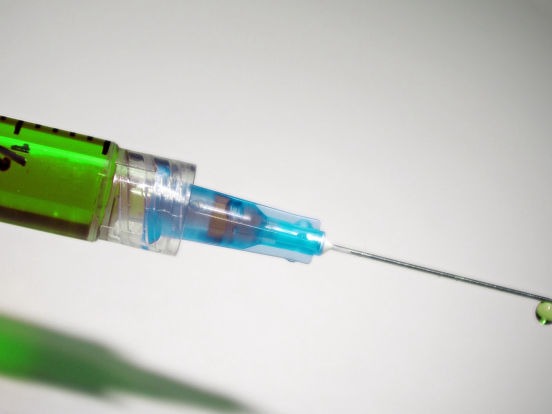
What is TMS Therapy?
TMS therapy is a non-invasive brain stimulation technique that uses magnetic fields to induce electrical currents in specific regions of the brain. The magnetic fields are generated by a coil that is placed on the scalp, and the strength and frequency of the pulses can be adjusted to target different brain regions.
TMS therapy was first developed in the 1980s and has since been used to treat a variety of neurological and psychiatric disorders. It is typically used when other treatments, such as medication and psychotherapy, have been ineffective.
